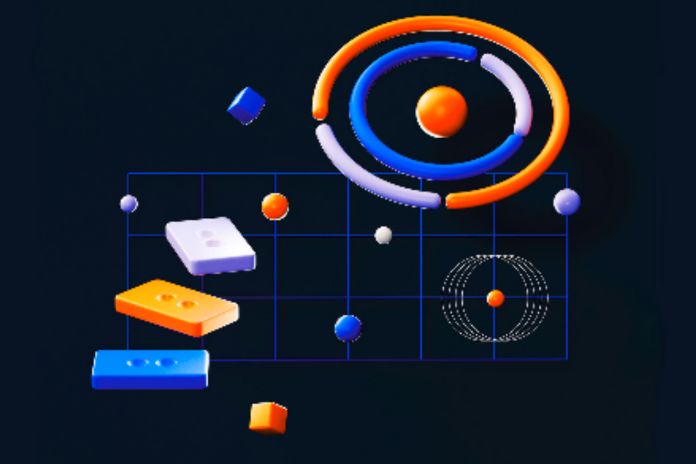Internet of Things: New technologies keep appearing. Metaverse, Artificial Intelligence (AI), augmented reality and many others are some concepts and applications that stand out and are present in society.
They are part of Digital Transformation, which began a few years ago and transforms business models and consumption habits from time to time.
Therefore, it is essential to keep up with trends and technological concepts, keeping yourself informed so that your business moves forward with innovation.
New technologies keep appearing. Metaverse, Artificial Intelligence (AI), augmented reality and many others are some concepts and applications that stand out and are present in society.
They are part of Digital Transformation, which began a few years ago and transforms business models and consumption habits from time to time.
According to the ‘Digital Transformation Market by Technology’ report by Research & Markets, the sector’s revenue will jump from US$ 469.8 billion (recorded in 2020) to US$ 1,009.8 billion by 2025. The expected growth is 16.5% for the five years.
Therefore, it is essential to keep up with trends and technological concepts, keeping yourself informed so that your business moves forward with innovation.
The IoT integrates the context of many organizations. And not only is it limited to large companies, but small and medium-sized ones are also investing in this technology.
Practically, it is an electronic device capable of connecting to other devices and technological systems through a wireless network — wireless connection. That is, it is the exchange of data between devices to devices.
This means more practicality and agility in the processes. Since the machines can detect failures through standardization, generate reports based on the database, and optimize operations based on technology.
Being on the first pages of internet search engines, such as Google My Business, is one of the biggest goals of retailers, especially those that sell only through e-commerce.
Visibility is essential in a competitive market and with a consumer public with more purchasing power.
This practice directly impacts:
- Better insights ;
- More practical operational processes;
- Data centralization;
- Greater efficiency;
- Innovation inside and outside the company.
How Does The Internet Of Things Operate In Practice?
- Capture data through intelligent electronic detectors that can feel, see and hear.
- Transmission and reception of information between devices over a network connection.
- Processing of data and communication with the help of software.
- Data as a basis for action, contributing insights for better decision-making.
What Are The Main Steps Of The Internet Of Things?
Check below the main elements that IoT uses in its applications:
Greater Connection
One word that sums up IoT is connectivity. There are countless possibilities for connecting devices, software, and programs through the network.
In retail, the Internet of Things is already used, for example, in better inventory management. The technology monitors shelves and product levels, preventing stock outs and improving real-time administration.
And with the rollout of 5G underway, the power of connected technology will advance even further, expanding the ability to connect devices and systems and integrating more smart equipment.
Cloud Computing
All the connectivity of this technology is carried out through cloud access. This is because the storage and processing centralize all the information in the cloud due to the vast amount of data flow in the IoT operation.
What’s more, it allows you to transmit and receive extensive and complex data from devices with the security of a closed system.
Edge Computing
As previously mentioned, in the IoT, information capture occurs through electronics that transmit and receive information. Then these are forwarded to the cloud, where they are processed and stored.
Edge computing maps locally and divides the information in the exact location, reducing the amount of content to send to the cloud and optimizing the entire process.
This technology is already used in marketing for e-commerce, such as to speed up the processing of transactions and administrative information.

